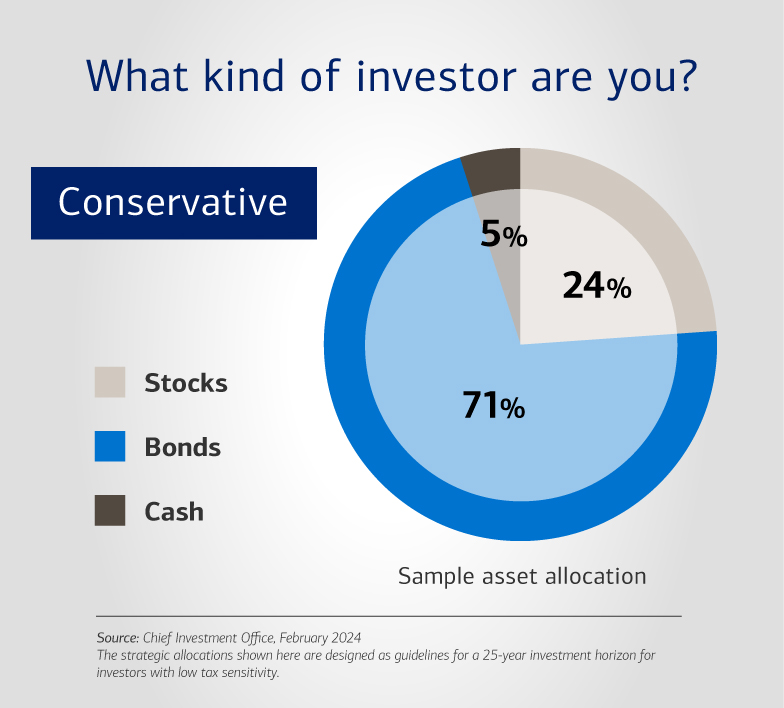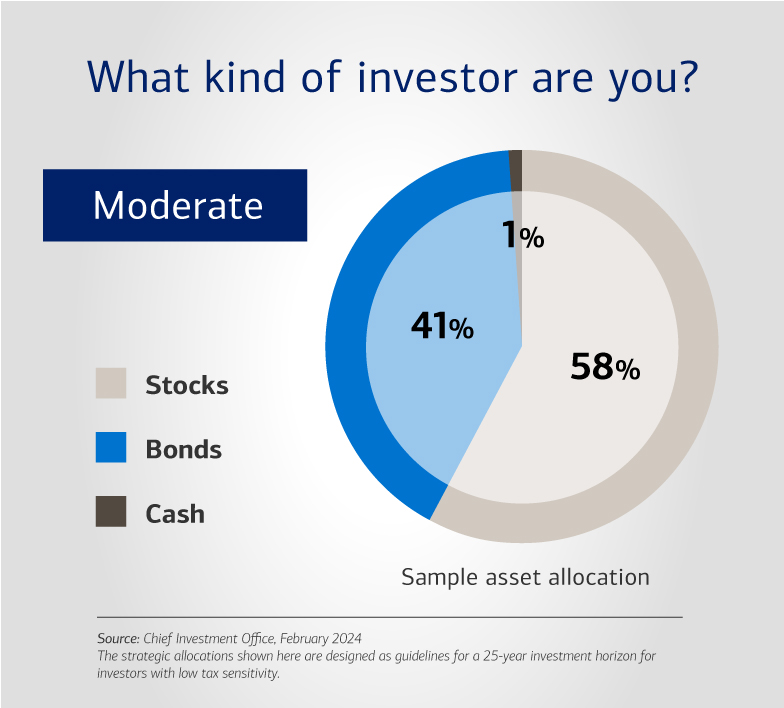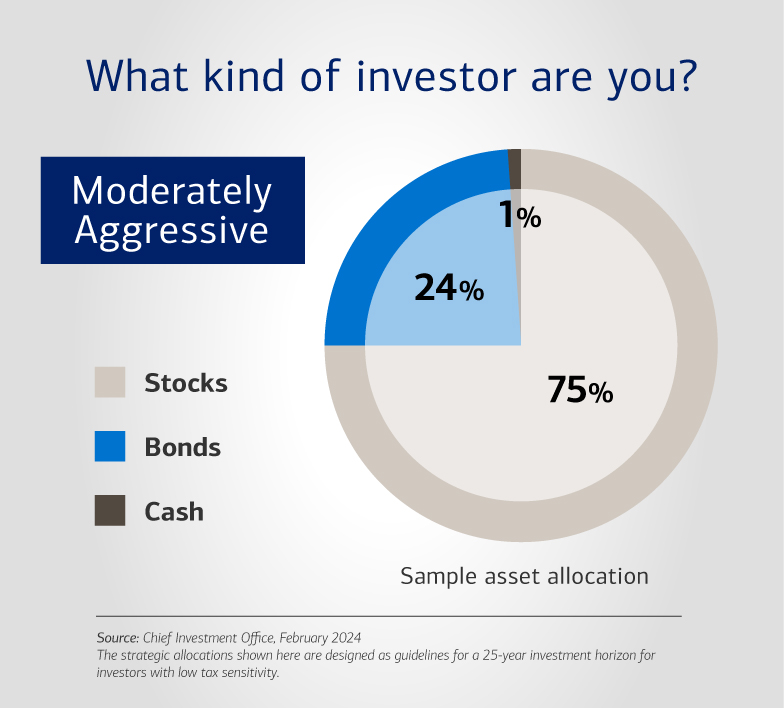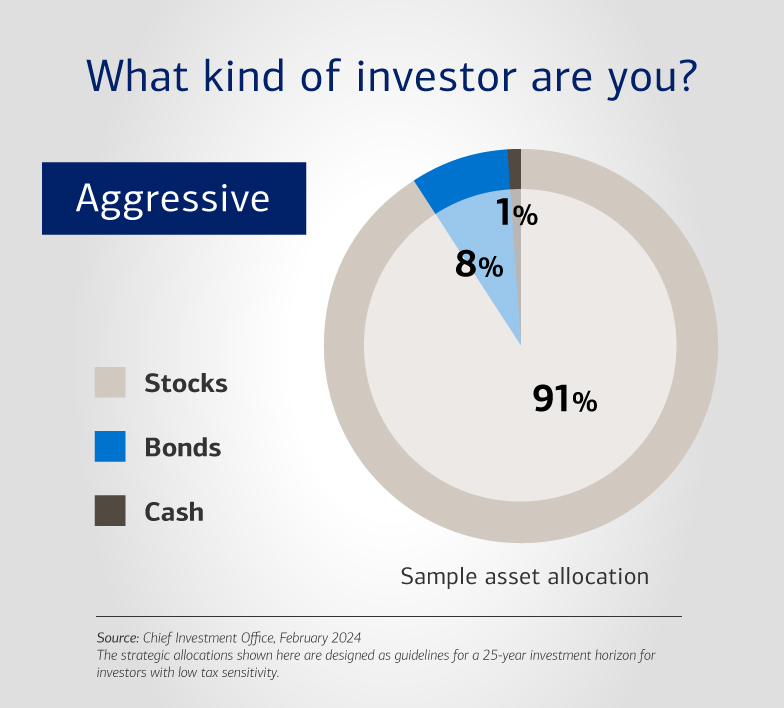1 Bloomberg. Data as of February 20, 2024.
2 Morningstar 2024 and Precision Information, dba Financial Fitness Group 2024.
3 A periodic investment plan such as dollar-cost averaging does not ensure a profit or protect against a loss in declining markets. Such a plan involves continuous investment in securities regardless of fluctuating price levels; investors should carefully consider their financial ability to continue their purchases through periods of fluctuating price levels.
Important Disclosures
Investing involves risk, including possible loss of principal. Past performance is no guarantee of future results.
BofA Global Research is research produced by BofA Securities, Inc. ("BofAS") and/or one or more of its affiliates. BofAS is a registered broker-dealer, Member SIPC, and wholly owned subsidiary of Bank of America Corporation ("BofA Corp.").
Bank of America, Merrill, their affiliates, and advisors do not provide legal, tax, or accounting advice. Clients should consult their legal and/or tax advisors before making any financial decisions.
Asset allocation, diversification, and rebalancing do not ensure a profit or protect against loss in declining markets.
This information should not be construed as investment advice and is subject to change. It is provided for informational purposes only and is not intended to be either a specific offer by Bank of America, Merrill or any affiliate to sell or provide, or a specific invitation for a consumer to apply for, any particular retail financial product or service that may be available.
The Chief Investment Office (CIO) provides thought leadership on wealth management, investment strategy and global markets; portfolio management solutions; due diligence; and solutions oversight and data analytics. CIO viewpoints are developed for Bank of America Private Bank, a division of Bank of America, N.A., (“Bank of America") and Merrill Lynch, Pierce, Fenner & Smith Incorporated (“MLPF&S" or “Merrill"), a registered broker-dealer, registered investment adviser and a wholly owned subsidiary of Bank of America Corporation (“BofA Corp.”).
All recommendations must be considered in the context of an individual investor’s goals, time horizon, liquidity needs and risk tolerance. Not all recommendations will be in the best interest of all investors.
Investments have varying degrees of risk. Some of the risks involved with equity securities include the possibility that the value of the stocks may fluctuate in response to events specific to the companies or markets, as well as economic, political or social events in the U.S. or abroad. Bonds are subject to interest rate, inflation and credit risks. Treasury bills are less volatile than longer-term fixed income securities and are guaranteed as to timely payment of principal and interest by the U.S. government. Investments in a certain industry or sector may pose additional risk due to lack of diversification and sector concentration. There are special risks associated with an investment in commodities, including market price fluctuations, regulatory changes, interest rate changes, credit risk, economic changes and the impact of adverse political or financial factors.
Diversification does not ensure a profit or protect against loss in declining markets.











